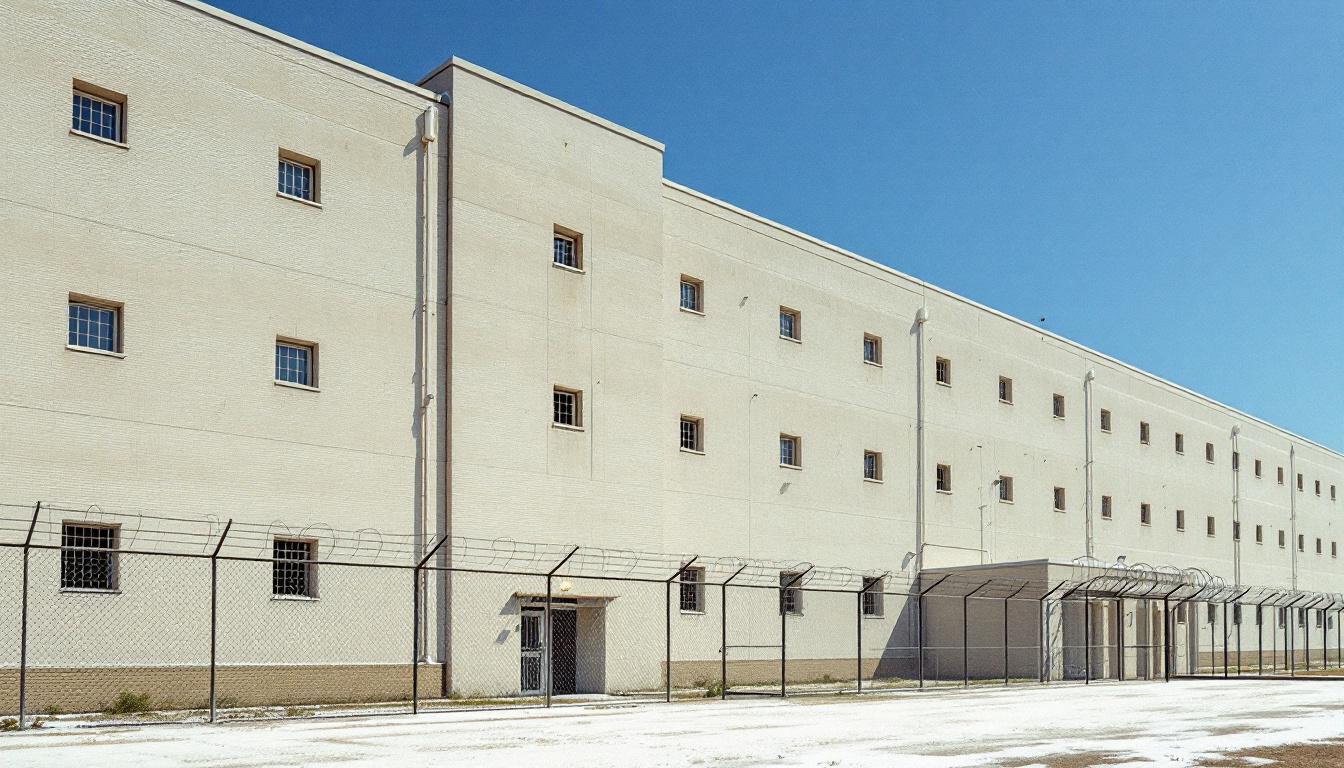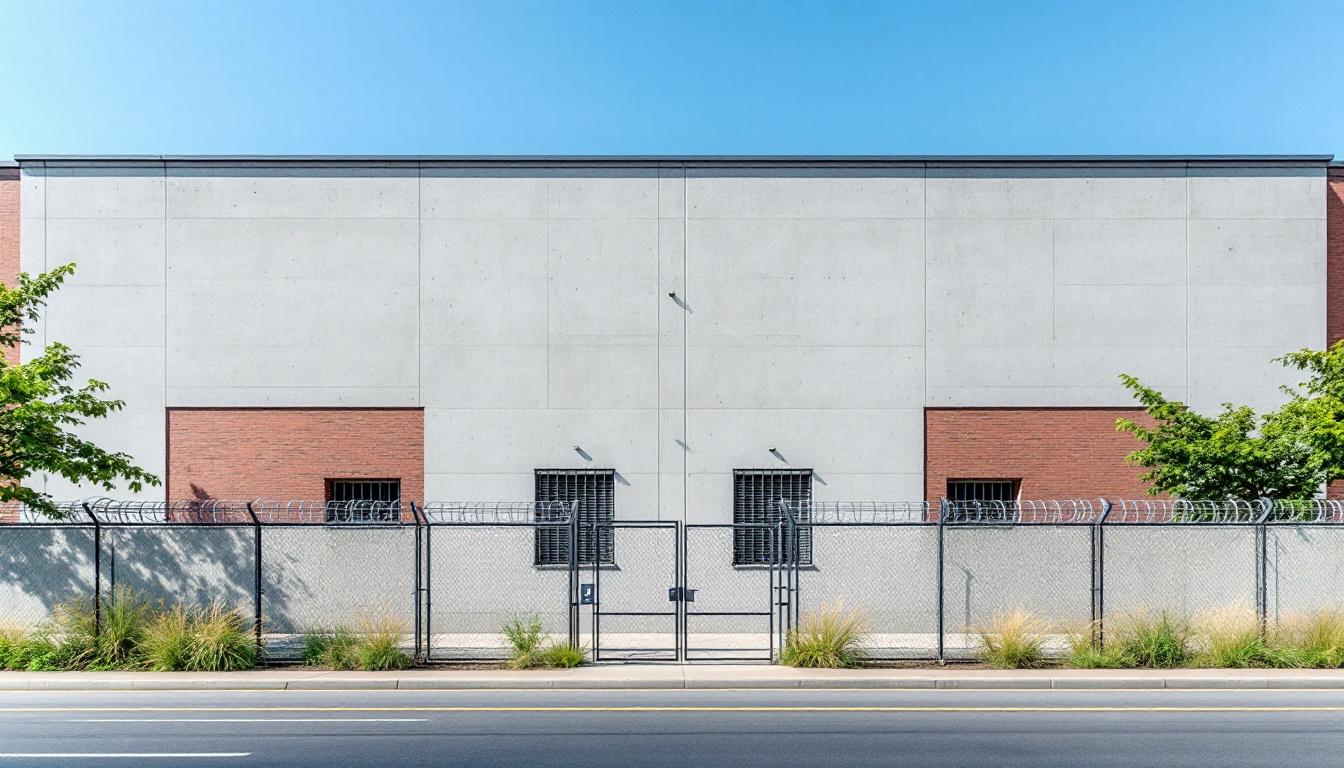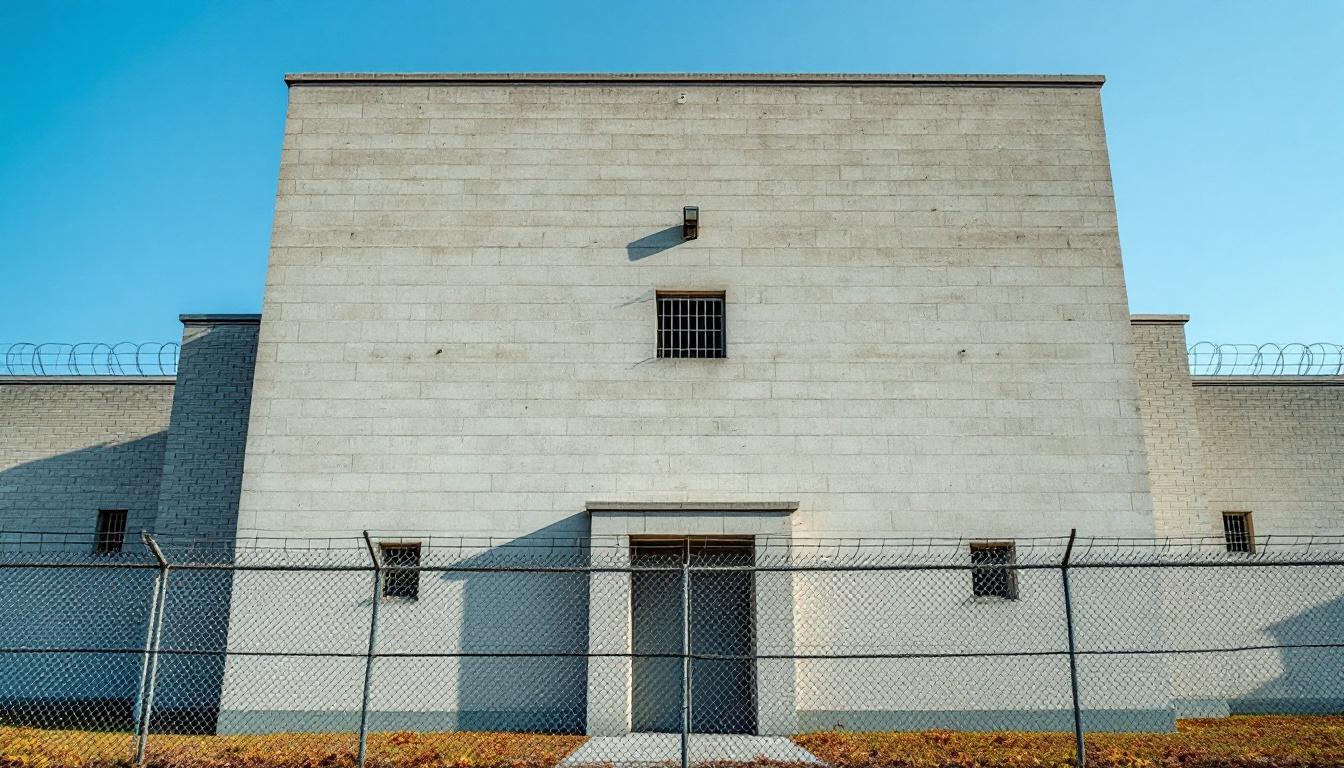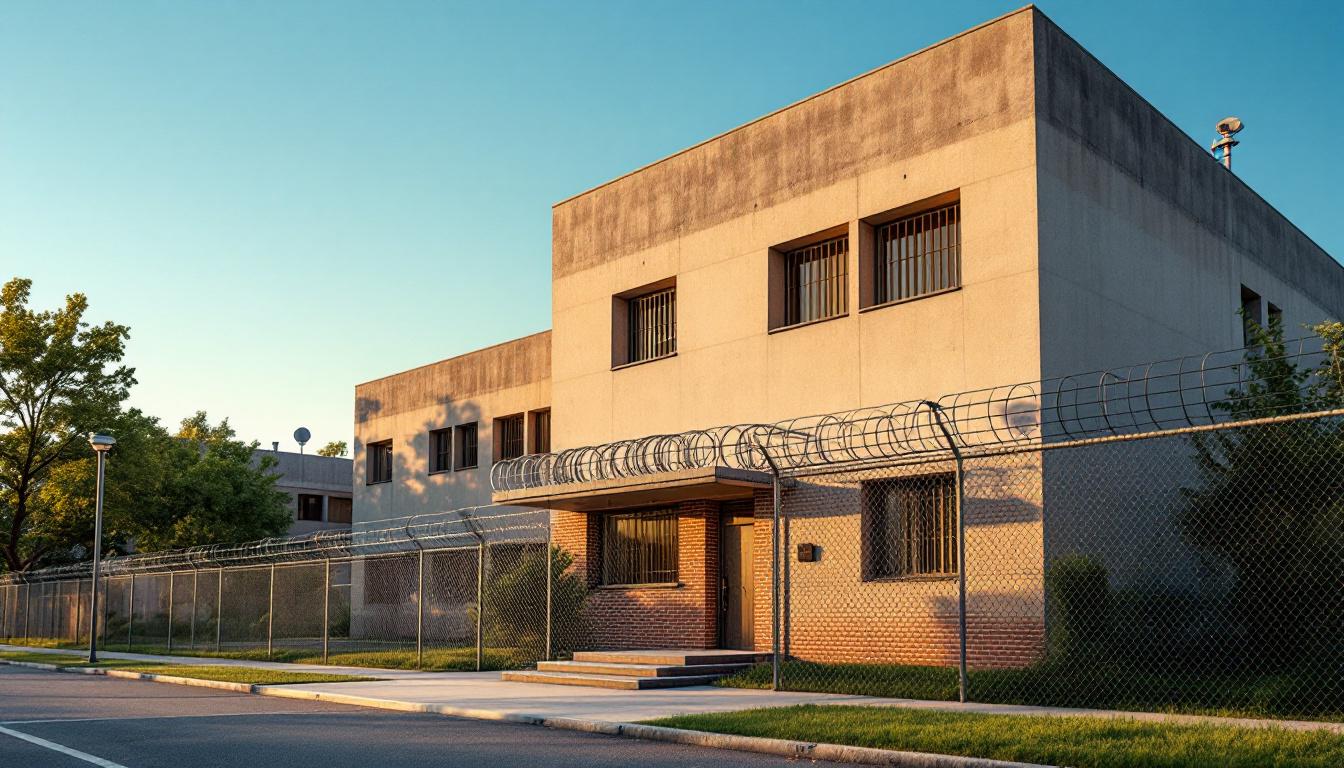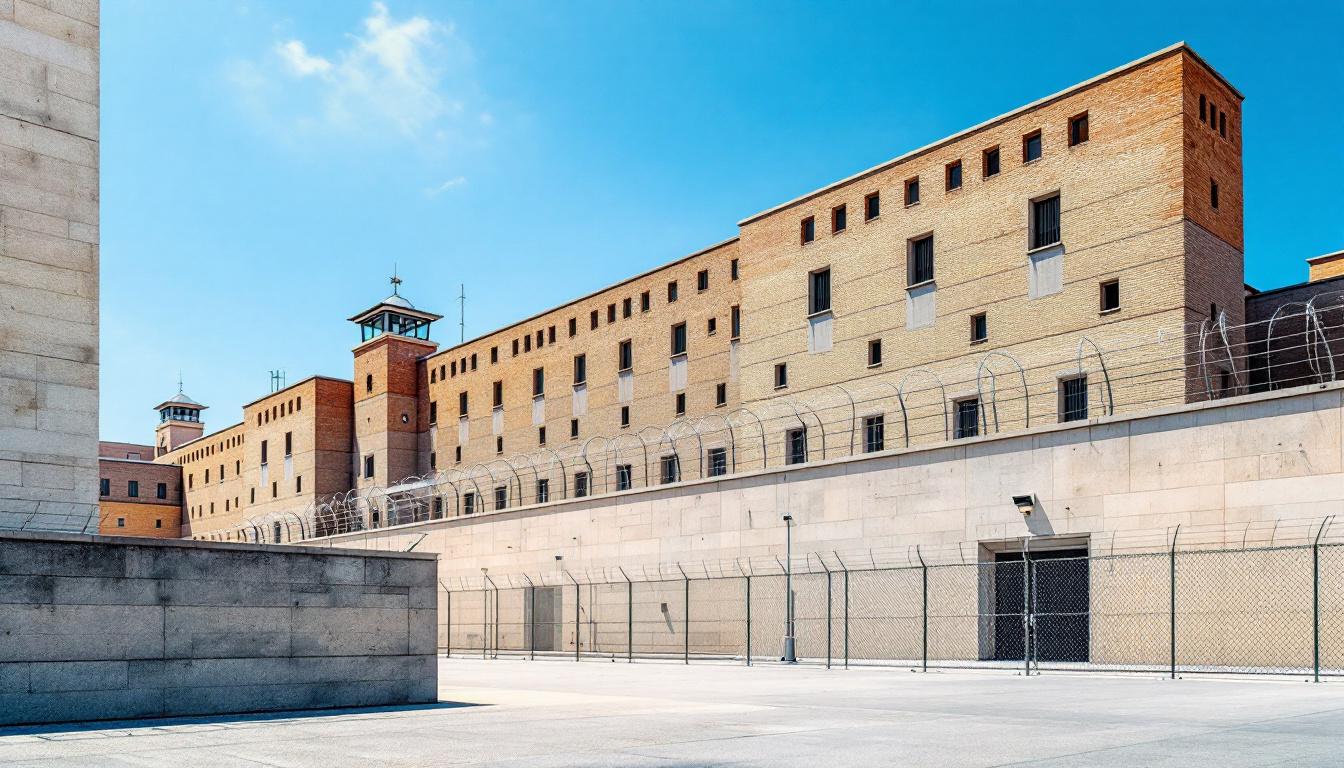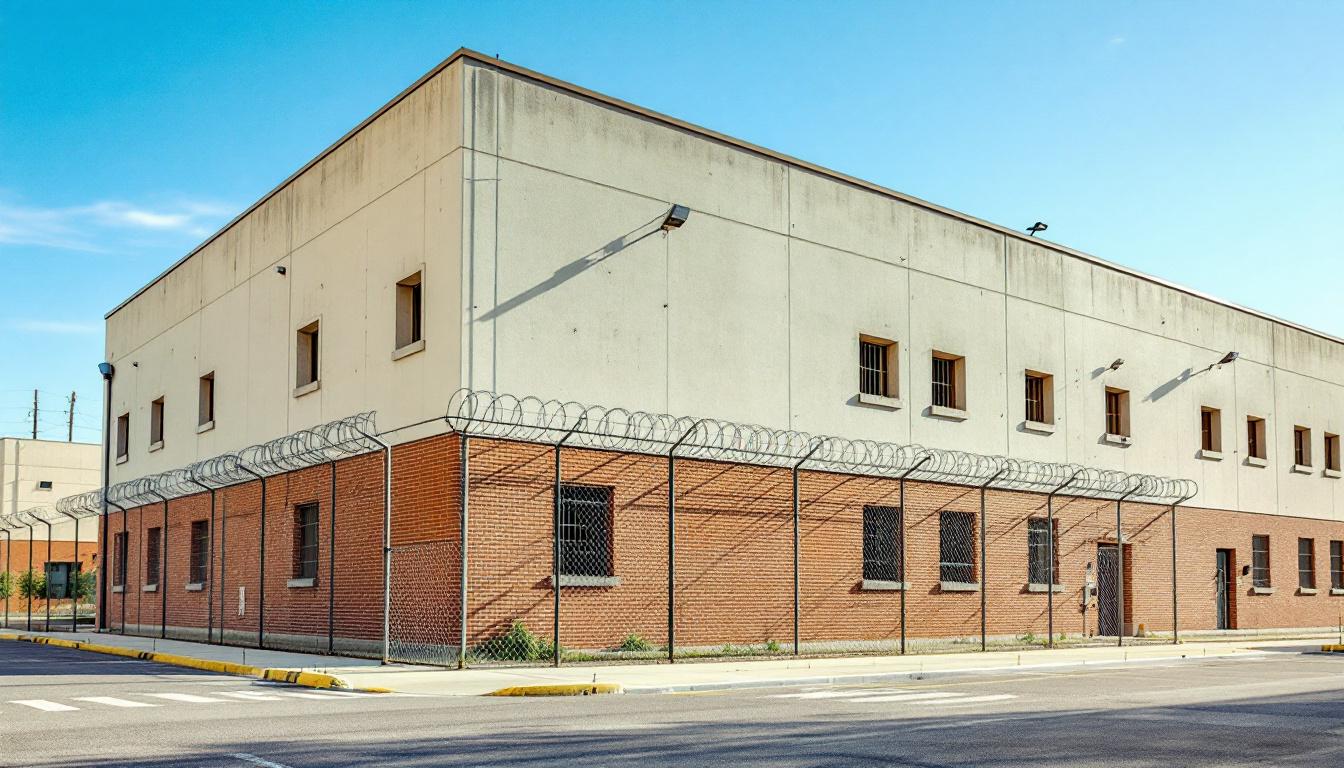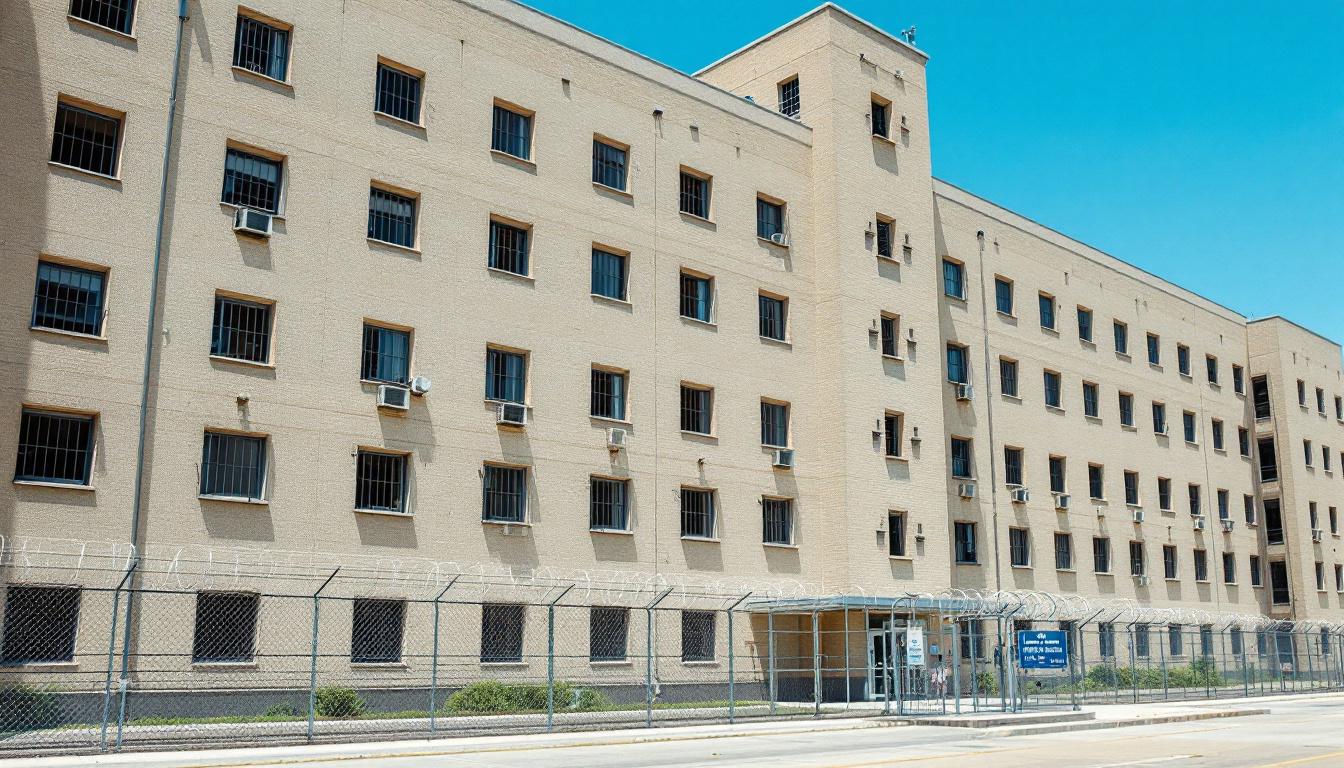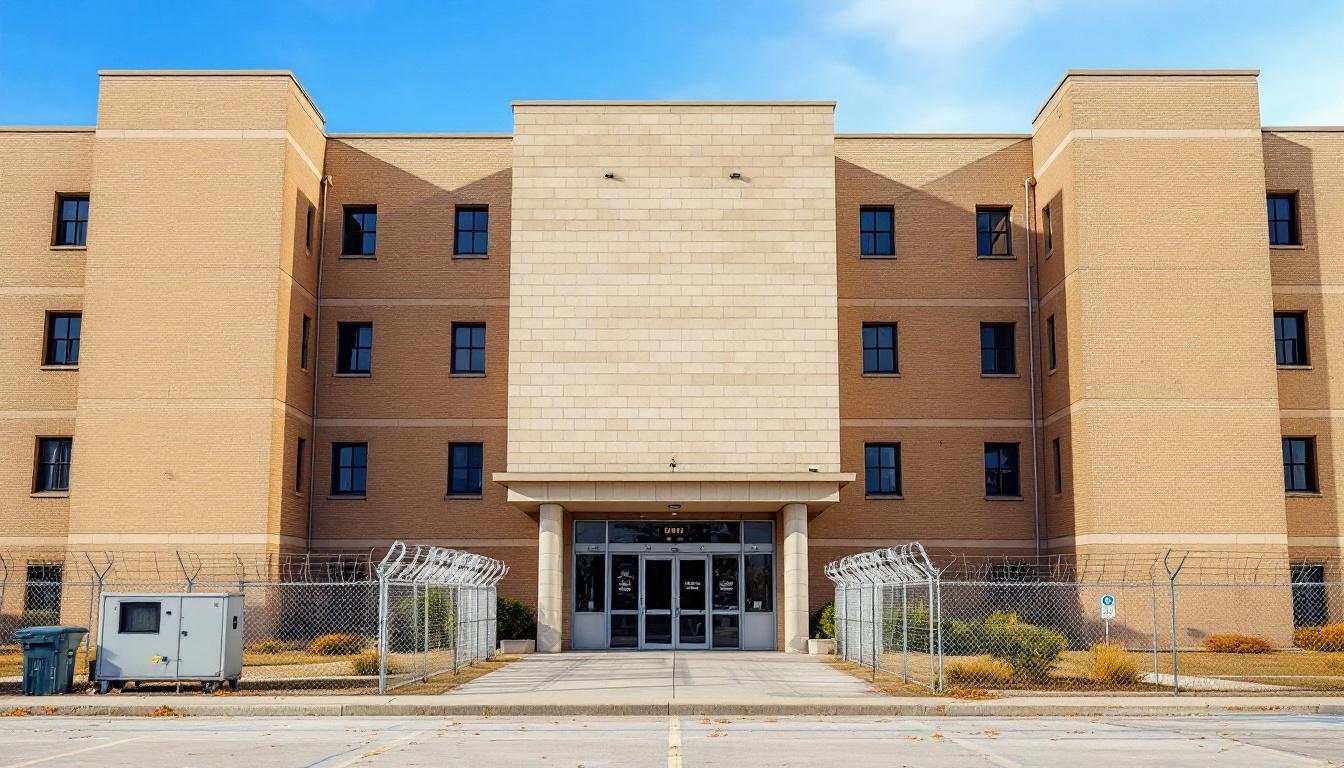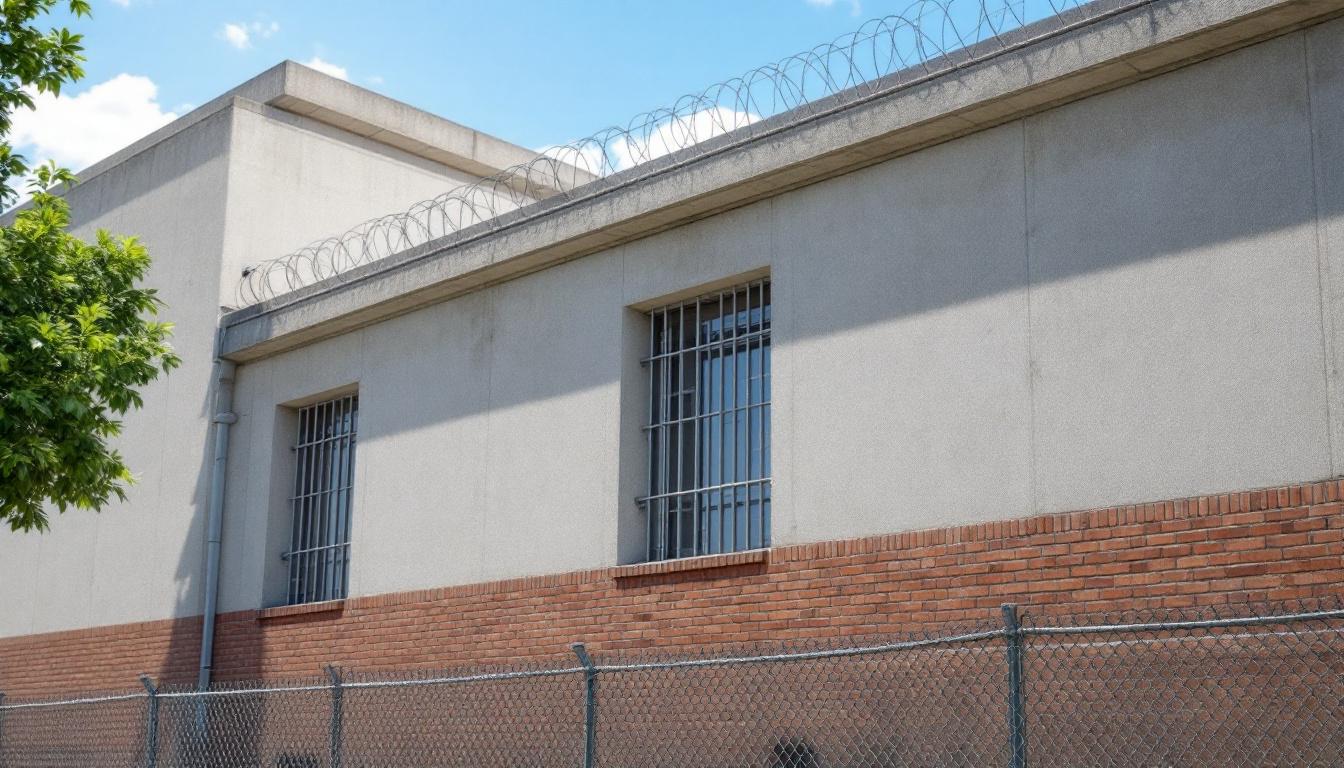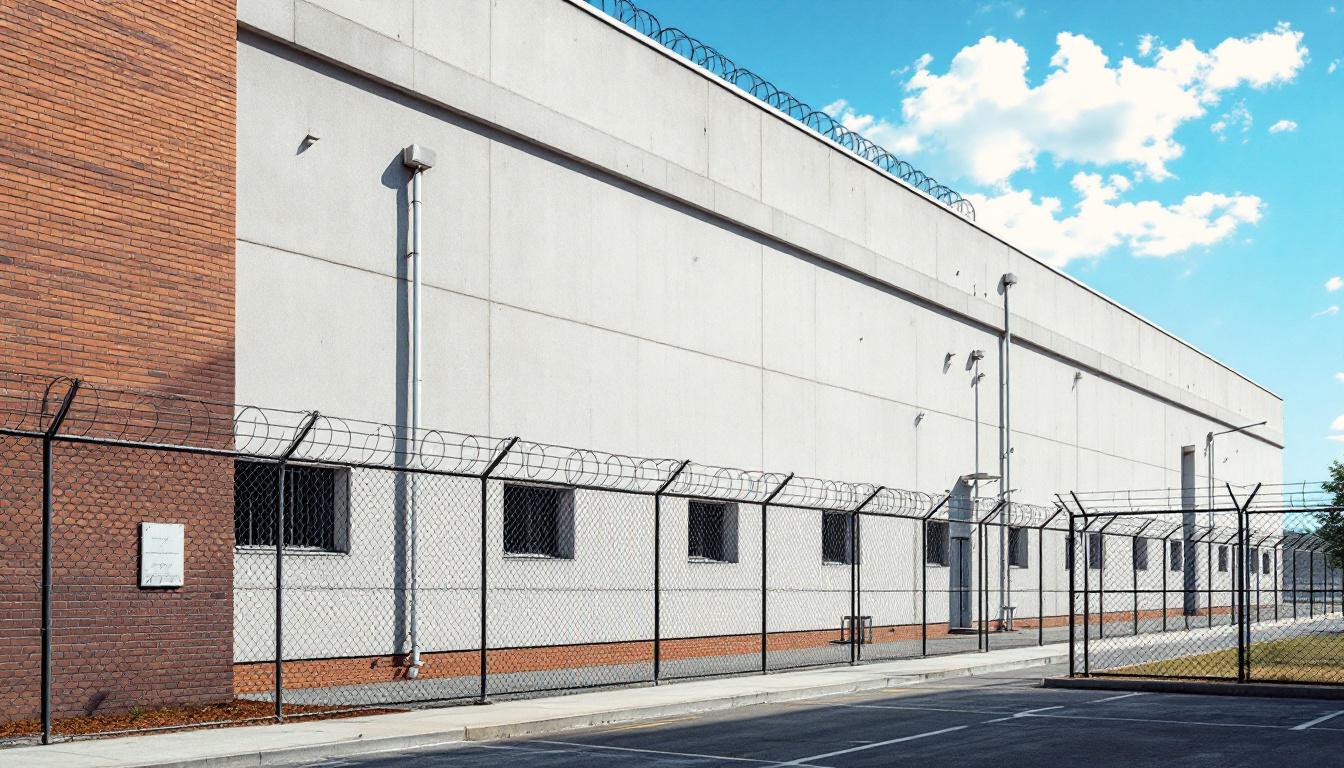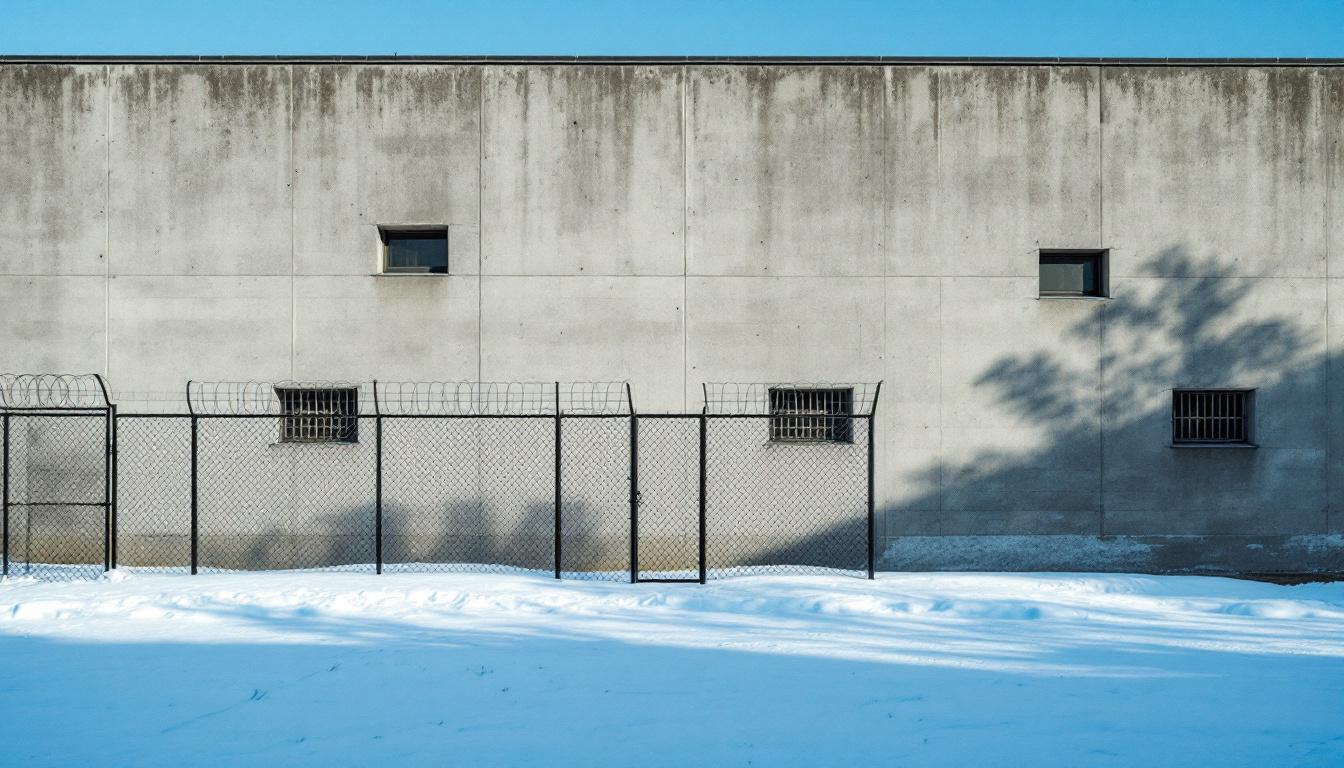
Quick Navigation
How to contact an inmate at Bob Wiley Detention Facility
This comprehensive guide will walk you through how to connect with an inmate at Bob Wiley Detention Facility. Follow the steps below to find an inmate and send letters and photos:
- Search for the inmate using our search tool below
- Create your account or log in to Penmate
- Write your message (up to 6,000 characters)
- Send instantly - inmates receive printed copies daily
Find an Inmate
Search for an inmate to start communicating today
Tip: You can search by first name, last name, or inmate ID number
To contact a person at Bob Wiley Detention Facility start by searching for the person on the official facility website. Perform a search by following these steps:
- Step 1: Enter their first name and last name into the search form and click "Search"
- Step 2: Locate their inmate record
- Step 3: Write down their Inmate ID and any housing information provided
Important! Be sure to enter the person's full name. Nicknames should not be used.
How to Send Messages to Inmates

You can use your phone or computer to send emails, letters, and photos to an inmate. Messages are sent electronically to inmate tablets or kiosks at the facility. If you would like to send a message, start by searching for an inmate at Bob Wiley Detention Facility.
Sending Photos and Postcards

A great way to send love and support to a loved one at Bob Wiley Detention Facility is to send photos and postcards. It only takes a few minutes to send photos from your phone and it makes a huge difference. You can also mail postcards with words of support and inspiration, or design your own postcard for special moments like birthdays and holidays.
Important! Be sure not to send any explicit photos or they may not be approved by the facility. You can also use a photo printing app like Penmate to make sure your photos are printed at the correct size (4x6 or 3x5) and are mailed according to the rules and regulations of Bob Wiley Detention Facility.
Frequently asked questions about Bob Wiley Detention Facility
-
How long does it take to deliver a message?
If you're sending an email message your letter is usually delivered within 24-48 hours. For messages sent via mail you should expect delivery within 3-7 days. All messages will need be approved by Bob Wiley Detention Facility.
-
How much does it cost to send a message to Bob Wiley Detention Facility?
You can send a message free using your phone or mail a message via USPS for the price of a $0.60 stamp and envelope. You can also purchase credits or e-stamps from services starting at $1.99.
-
What services can I use to contact an inmate at Bob Wiley Detention Facility?
Penmate
You can use Penmate to send letters and photos to an inmate from your phone. It's an easy way to stay in touch during your loved one's incarceration. Use the inmate locator to find an inmate's location and contact information, then you can send messages within a few minutes.
Securus messaging
Securus may be another option for communicating with an inmate at Bob Wiley Detention Facility. You can create a friends and family account and purchase credits to send messages. All messages will be reviewed and must be approved by the facility.
JPay
Some county jails and state prisons may support sending messages with JPay. You must register an account with the system, find your loved one, and purchase stamps to send messages. For some locations you can also attach photos.
Smart Jail Mail
You may also check if Smart Jail Mail is available at Bob Wiley Detention Facility. Smart Jail Mail is operated by Smart Communications and has contracted with some state and county jails. After purchasing credits, your messages and photos are sent to the facility, printed out, and then handed out to your loved one.
-
What is the mailing address of Bob Wiley Detention Facility?
Mailing address:
Bob Wiley Detention Facility
36712 Rd 112
Visalia, CA 93291
Phone: (559) 735-1700Business hours:
- Monday: 8:00 AM – 5:00 PM
- Tuesday: 8:00 AM – 5:00 PM
- Wednesday: 8:00 AM – 5:00 PM
- Thursday: 8:00 AM – 5:00 PM
- Friday: 8:00 AM – 5:00 PM
- Saturday: 8:00 AM – 5:00 PM
- Sunday: Closed
-
What are the visiting hours at Bob Wiley Detention Facility?
Visiting hours at Bob Wiley Detention Facility vary by housing unit and security level. Generally, visits are scheduled on weekends and holidays, with some facilities offering weekday visits. Contact the facility directly at (559) 735-1700 or check their website for the current visiting schedule. Visits typically last 30-60 minutes and must be scheduled in advance.
-
What items are prohibited when sending mail to Bob Wiley Detention Facility?
Prohibited items typically include: cash, personal checks, stamps, stickers, glitter, glue, tape, staples, paperclips, polaroid photos, musical or blank greeting cards, hardcover books, magazines with staples, and any items containing metal or electronics. Only send letters on plain white paper with blue or black ink. Photos must be printed on regular photo paper (no Polaroids). Always check with Bob Wiley Detention Facility for their specific mail policies.
-
How do I send money to an inmate at Bob Wiley Detention Facility?
You can send money to an inmate at Bob Wiley Detention Facility through several methods: 1) Online using JPay, Access Corrections, or the facility's approved vendor, 2) Money orders mailed directly to the facility with the inmate's name and ID number, 3) Kiosks located in the facility lobby, or 4) Over the phone using a credit or debit card. Fees vary by method, typically ranging from $2.95 to $11.95 per transaction.
-
Can I schedule a video visit with an inmate at Bob Wiley Detention Facility?
Many facilities now offer video visitation as an alternative to in-person visits. At Bob Wiley Detention Facility, video visits may be available through services like Penmate, Securus Video Connect, GTL, or ICSolutions. Video visits typically cost $10-20 for 20-30 minutes and must be scheduled in advance. You'll need a computer or smartphone with a camera and reliable internet connection. Contact the facility for their specific video visitation policies and approved vendors.
-
What identification do I need to visit an inmate at Bob Wiley Detention Facility?
All visitors must present valid government-issued photo identification such as a driver's license, state ID, passport, or military ID. Minors must be accompanied by a parent or legal guardian who can provide the minor's birth certificate. Some facilities require visitors to be on the inmate's approved visitation list, which may require a background check. Contact Bob Wiley Detention Facility for specific ID requirements and visitor approval procedures.
-
How can I find out an inmate's release date?
To find an inmate's release date at Bob Wiley Detention Facility, you can: 1) Use the online inmate search tool if available, 2) Call the facility's records department, 3) Contact the inmate's case manager or counselor, or 4) Have the inmate provide this information during a call or visit. For privacy reasons, some facilities only release this information to immediate family members.
Facility Overview
Contact Information
Bob Wiley Detention Facility36712 Rd 112
Visalia, CA 93291
Phone: (559) 735-1700
Official Website
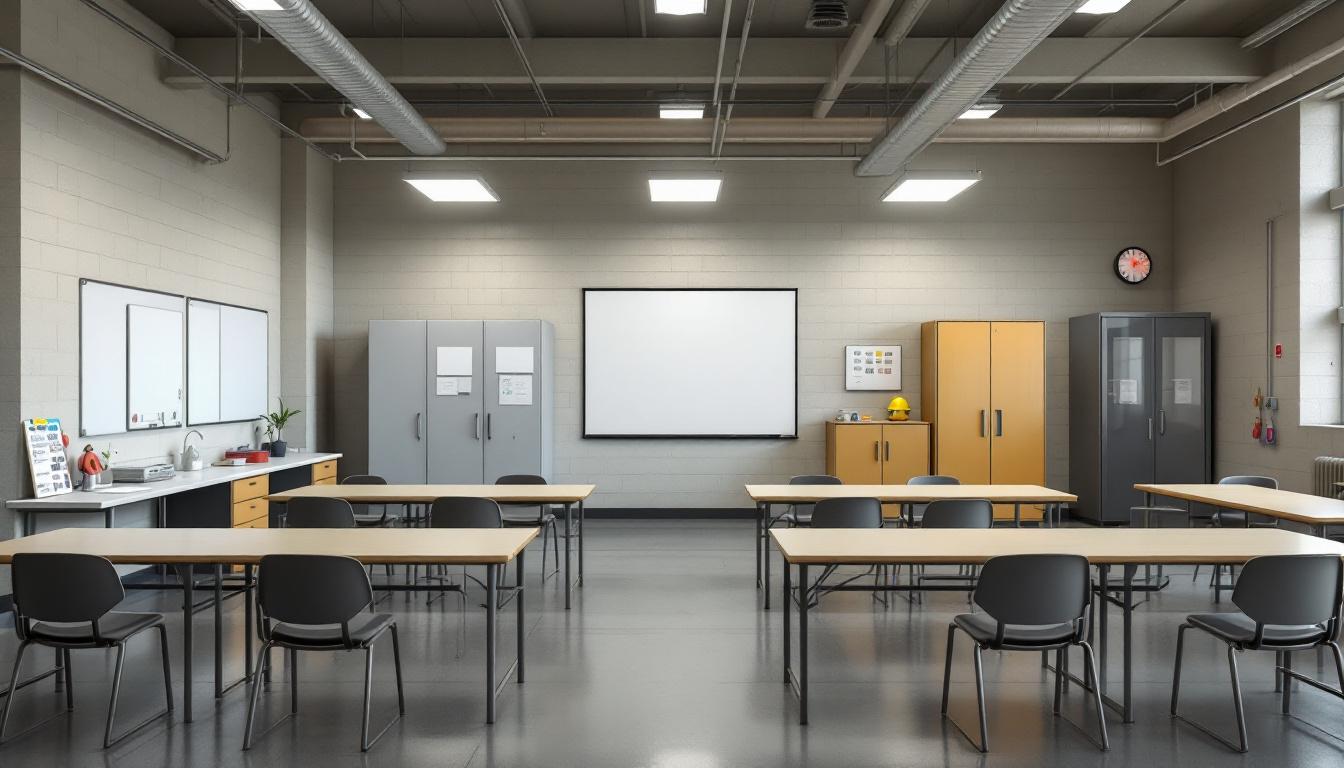
About Bob Wiley Detention Facility
Community reintegration and personal development opportunities form the cornerstone of services at Bob Wiley Detention Facility, where individuals in Visalia, CA typically find access to educational programming, vocational training, and behavioral health support. This CA correctional facility operates within California's broader detention system, serving as a regional hub that may offer substance abuse counseling, job readiness preparation, and basic educational services designed to address underlying factors that often contribute to justice system involvement. The facility generally provides individuals services that focus on building practical skills and addressing personal challenges, with programming that typically includes life skills development and mental health resources.
Located in the heart of California's Central Valley, the detention center serves communities throughout the Visalia area while maintaining connections to statewide correctional networks and community organizations. Staff members generally work to create structured environments where residents can participate in daily programming that may include group counseling sessions, educational classes, and work assignments that help develop responsibility and routine. The facility's approach typically emphasizes preparing individuals for successful community reentry through comprehensive case management and transition planning.
Within California's correctional framework, Bob Wiley Detention Facility often collaborates with local service providers and community organizations to ensure continuity of care upon release. Rehabilitation efforts may include anger management programming, financial literacy education, and family reunification support, all designed to reduce recidivism and strengthen community safety. The facility generally maintains policies that encourage family communication and visitation, recognizing that strong community connections often play a crucial role in successful reintegration outcomes.
Programs & Services
Individuals at Bob Wiley Detention Facility typically have access to a wide range of developmental opportunities designed to address multiple aspects of personal growth and preparation for reintegration. The facility's approach often emphasizes comprehensive programming that addresses educational needs, practical skills development, and personal wellness. These opportunities are generally structured to provide meaningful engagement while supporting long-term positive outcomes.
Educational and vocational opportunities may include various education initiatives that help individuals work toward completing their academic goals. The facility often provides vocational training programs that focus on developing practical, marketable skills. These training opportunities typically cover essential workplace competencies and may help participants gain experience in different trade areas. Educational programming generally operates alongside vocational components to provide a well-rounded foundation for future employment.
Support services and therapeutic opportunities frequently include rehabilitation programs that address various personal development needs. Anger management sessions are often available to help individuals develop better emotional regulation and conflict resolution skills. Also available may be chaplaincy programs that provide spiritual guidance and support. The facility typically offers domestic violence programs for those who may benefit from specialized intervention. Additionally, individuals may have opportunities to participate in janitorial services, which can provide work experience and contribute to facility operations while developing responsibility and job skills.
Daily Life & Visitation
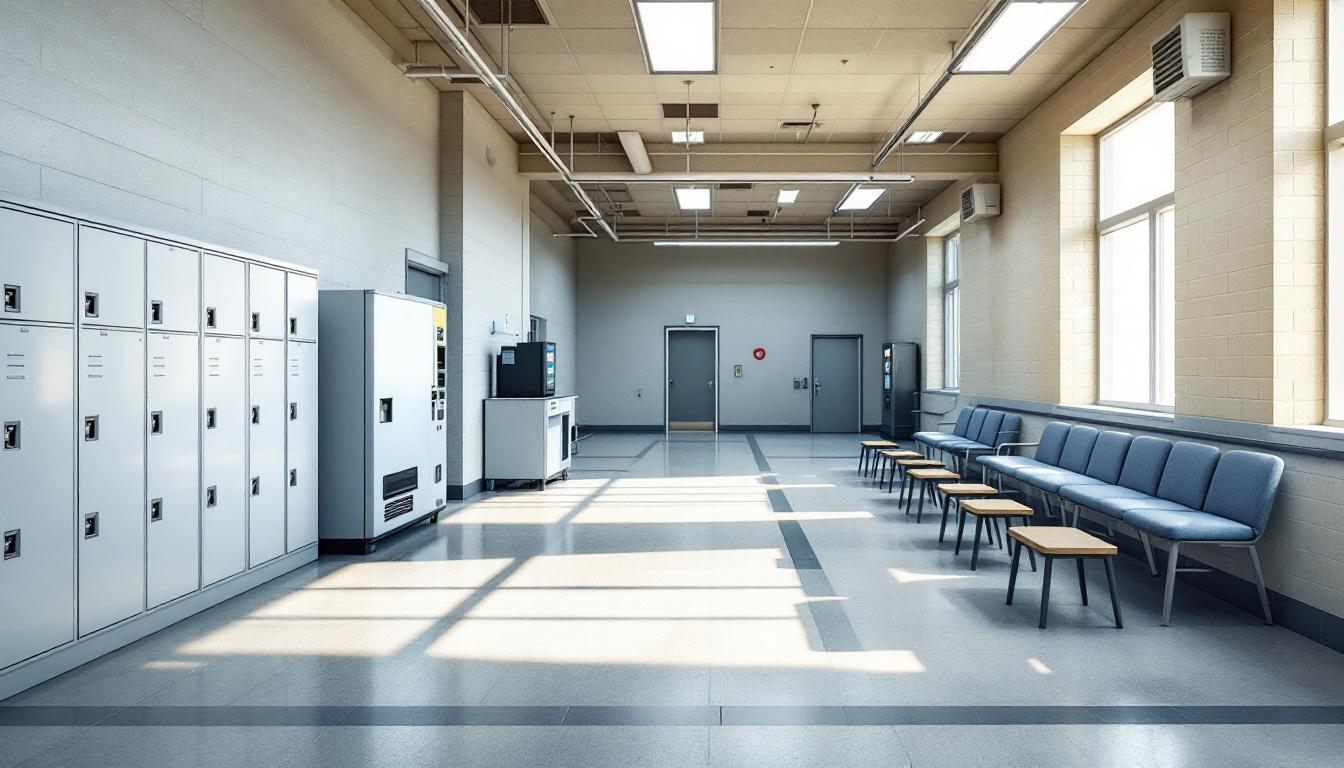
The sound of morning announcements typically marks the beginning of each day for individuals housed at the Bob Wiley Detention Facility. Daily routines currently follow a structured schedule that continues to emphasize both security protocols and basic needs, with wake-up calls generally occurring in the early morning hours. Individuals usually participate in head counts throughout the day, receive meals at designated times, and may have opportunities for recreation and programming depending on their housing classification and facility operations.
Living accommodations at the facility generally consist of shared cells or dormitory-style housing units, where individuals typically have access to basic amenities including bedding, personal hygiene items, and limited personal property storage. The facility usually provides three meals daily in designated dining areas or housing units, with menus that aim to meet basic nutritional requirements and accommodate certain dietary restrictions. Also, individuals may have access to commissary services where they can purchase additional food items, hygiene products, and other approved personal items using funds from their accounts.
However, recreational opportunities often include access to dayrooms, television viewing, and outdoor exercise periods when security conditions permit. Work assignments within the facility may offer individuals opportunities to earn small wages while contributing to facility operations through tasks such as kitchen work, cleaning, or laundry services. The facility typically maintains structured programming schedules that may include educational classes, substance abuse counseling, or other rehabilitative services. Also, visitation policies generally allow for scheduled visits from family members and approved visitors, while communication options usually include monitored telephone calls and correspondence, helping individuals maintain important connections with their support systems during their time at the facility.
Ready to Connect?
Start communicating with your loved one today
Search for an Inmate
